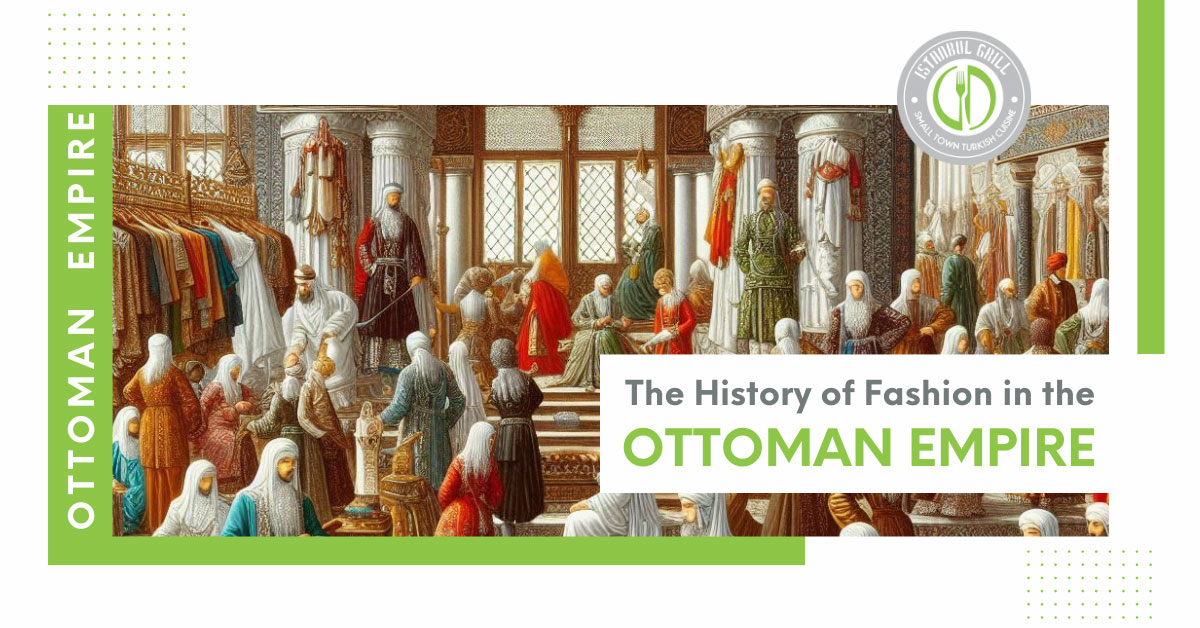From 1299 to 1922, the Ottoman Empire was a powerful and influential state that spanned three continents. Many aspects of life, including fashion, were influenced by its diverse population and rich culture. The dress styles in the Ottoman Domain were a mix of various practices and were known for their tastefulness and intricacy. This article will investigate the historical backdrop of style in the Ottoman Domain, zeroing in on its development and importance.
Early Ottoman Empire Fashion
In the early, long periods of the Ottoman Domain, clothing was basic and reasonable. Wool and cotton were the primary materials used, both of which were readily available. Both men and women wore clothes that were easy to move in because they were loose-fitting. The ordinary outfit for men incorporated a long robe called a kaftan, which was attached at the midriff with a scarf. Similar robes were worn by women, who frequently wore a headscarf or veil. The fashion of the Ottoman Empire began to be influenced by other cultures as the empire grew. By combining elements from the Byzantine Empire, Persia, and the Arab world, the Ottomans created a distinctive style. This period saw the presentation of additional rich textures like silk and brocade, which were imported from the East.
Islamic Dress: Pre-Ottoman to Ottoman Period
Before the ascent of the Ottoman Domain, the district that is currently Turkey was affected by different societies, including Byzantine and Persian. Clothing was relatively straightforward and practical in this pre-Ottoman era, designed to meet the requirements of daily life and the climate. Men normally wore tunics and pants, while ladies wore long dresses with headscarves.
Fashion began to take on a new dimension at the end of the 13th century when the Ottoman Empire came to power. The Ottomans were known for their rich and sumptuous dress, which was an image of their riches and influence. Ottoman fashion was significantly influenced by Islamic principles. Humility was a key thought, particularly for ladies, who wore long, baggy pieces of clothing that covered their bodies. The hijab, a headscarf worn for unobtrusiveness, turned into a typical component in ladies’ clothing. During the Ottoman era, elaborate garments like the kaftan and entari were made of luxurious materials like silk and velvet. The wearer’s social status and wealth were reflected in the intricate embroidery and embellishments on these garments. With the introduction of turbans, robes, and sashes, all of which represented authority and rank, men’s fashion also changed.
Fashion in the Imperial Harem
The sultan’s private residence, the Imperial Harem, was a place of opulence and luxury. The ladies of the array of mistresses, including the ruler’s spouses, courtesans, and female family members, were known for their intricate and trendy dress. The array of mistresses’ ladies approached the best materials and the most talented craftsmen. Silk, satin, and velvet were frequently used to make their clothing, and gold and silver thread were used to embellish it. The plans were complex, highlighting botanical and mathematical examples. Layering was a typical practice in the group of concubines. A kaftan, an entry, and a long chemise were among the many layers of clothing that women wore. Each layer was more intricate than the last, displaying their riches and status. Additionally, the harem women wore a variety of accessories, such as embroidered slippers, belts, and jewelry.
The Decline of the Ottoman Empire and Western Influence
By the eighteenth hundred years, the Ottoman Realm started to decline, and Western impacts began to affect Ottoman design. The wealthy started to gravitate toward European fashions and fabrics. The conventional apparel of the realm started to integrate components from Western design, like fitted coats and pants for men and corseted dresses for ladies. This period likewise saw a change in the utilization of materials. Newer materials like wool and cotton gained popularity while silk and velvet remained popular. As the times changed, the designs got easier to use and simpler. In the nineteenth hundred years, the Tanzimat changes planned to modernize the Ottoman Domain and align it with Western guidelines. Fashion was significantly affected by these reforms. The customary articles of clothing were supplanted with Western-style clothing. Women adopted European dresses and hairstyles, while men began to wear suits and ties.
Conclusion
The historical backdrop of design in the Ottoman Realm is a captivating excursion through time. Ottoman fashion was constantly changing, moving from simple, practical clothes in the early years to lavish, elaborate clothes in the Golden Age and Western-influenced styles in the 19th century. It was a sign of the empire’s ability to adapt to and incorporate new influences as well as its cultural diversity. Modern Turkish clothing and design still bear the Ottoman fashion legacy, bringing to mind a fascinating and varied past.






